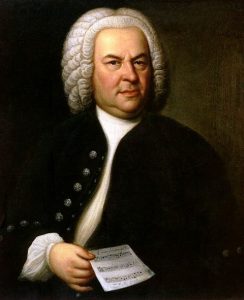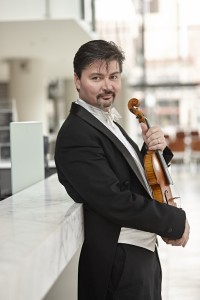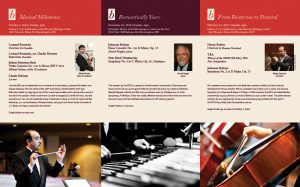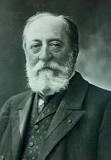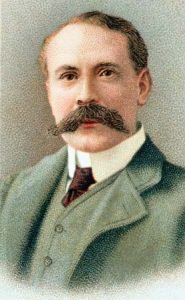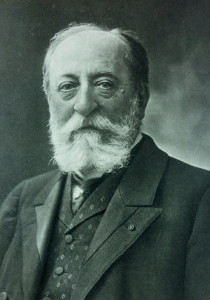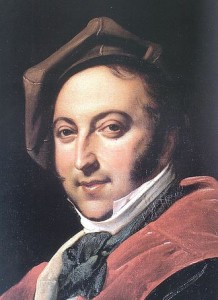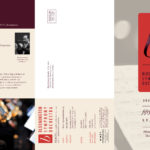Before each concert, we share “Manny’s Musings,” thoughts from our Music Director and Conductor, Manny Laureano. This is the second edition of the “Musings” for the “Musical Milestones” concert that will be performed on Sunday, October 7, 2018.
Violin Concerto No. 1 in A Minor by Johann Sebastian Bach
You’re a composer and you love what you do. Furthermore, you want listeners to love what you do, because life is easier when you get a paycheck for doing what you love. Johann Sebastian (1685-1750) saw all of his musical output as a glory to God and he wrote music as a form of payback, whether secular or sacred in subject. So it stands to reason that helping people remember your themes through a clever technique called ritornello. The Italian ritornello means “little return” quite literally.
In other words, this technique which was used by Antonio Vivaldi, the Italian Baroque master, consisted of presenting a theme and bringing it back over and over but always with a hint of development to tease the ear and keep things interesting and compelling. Bach’s style in this first concerto for violin is almost aggressive in the way he pushes his themes at the listener as the intense conversation fairly rages between soloist and accompanying forces. The sweetness of the slow movement that follows in C major gives way to a lively dance in 9/8 time back in A minor.
Join Music Director & Conductor Manny Laureano, for the concert, “Musical Milestones” featuring Michael Sutton as soloist and conductor for Bach’s A Minor Violin Concerto. The concert takes place on Sunday, October 7, 2018, at 3 p.m., at the Gideon S. Ives Auditorium at the Masonic Heritage Center (11411 Masonic Home Drive, Bloomington)
To learn more about the concert, click here. You can order tickets online through the Masonic Heritage Center Box Office, or by calling 800.514.ETIX.
